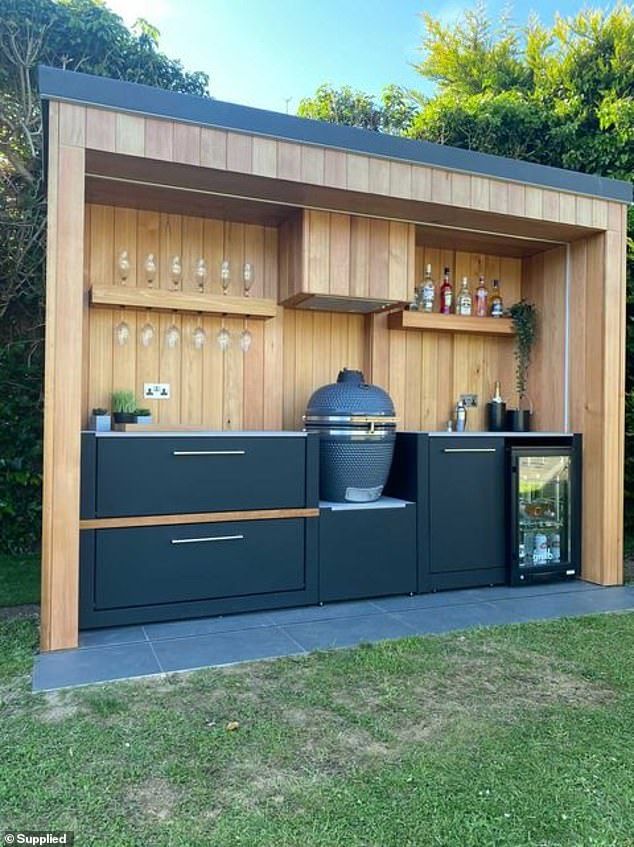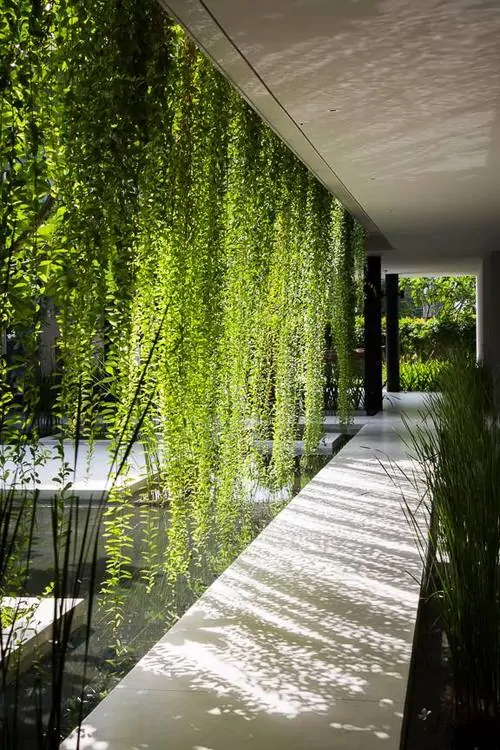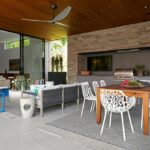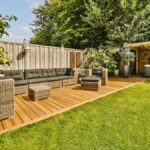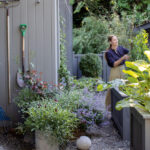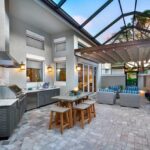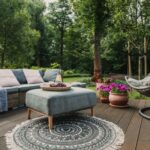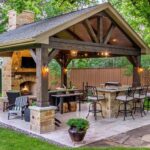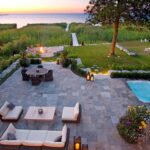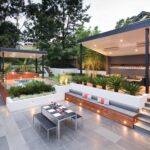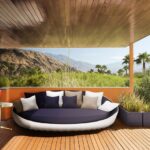When it comes to designing outdoor spaces, there are a myriad of factors to consider to create a functional and beautiful environment. One of the key elements to outdoor design is the layout of the space. It is important to carefully plan the arrangement of furniture, plants, and other elements to ensure that the space is both inviting and functional. Consider how people will move through the space and what activities they will engage in, and plan the layout accordingly.
In addition to the layout, the materials used in outdoor design can have a significant impact on the overall look and feel of the space. Choose materials that are weather-resistant and durable, such as teak or metal, to ensure that your outdoor space will withstand the elements and continue to look great for years to come. Consider incorporating textures and colors that complement the natural surroundings to create a harmonious and cohesive design.
Another important aspect of outdoor design is the selection of plants and landscaping elements. Plants can add beauty, color, and texture to an outdoor space, as well as provide shade and privacy. Consider the climate and sunlight exposure of your outdoor space when selecting plants, and choose a variety of species to create visual interest. Landscaping elements such as paths, fences, and water features can also enhance the overall design of your outdoor space and create a sense of cohesion.
Lighting is a crucial element in outdoor design, as it can create ambience and extend the usability of the space into the evening hours. Consider incorporating a variety of lighting sources, such as string lights, lanterns, or pathway lights, to create a warm and inviting atmosphere. In addition to aesthetic considerations, lighting also serves a practical purpose by ensuring that pathways and seating areas are well-lit and safe to navigate.
Furniture selection is another key component of outdoor design. Choose furniture that is comfortable, durable, and complements the style of your outdoor space. Consider the scale of the furniture in relation to the size of the space, and arrange it in a way that promotes social interaction and relaxation. Outdoor rugs, throw pillows, and cushions can also add comfort and style to your outdoor seating areas.
Finally, consider incorporating personal touches and elements that reflect your own style and personality into your outdoor design. Whether it’s a favorite piece of artwork, a unique sculpture, or a collection of potted plants, these personal touches can enhance the character of your outdoor space and make it feel like a true extension of your home. With careful planning and thoughtful consideration of these elements, you can create an outdoor space that is both functional and beautiful, and that will provide a welcoming oasis for relaxation and enjoyment.
